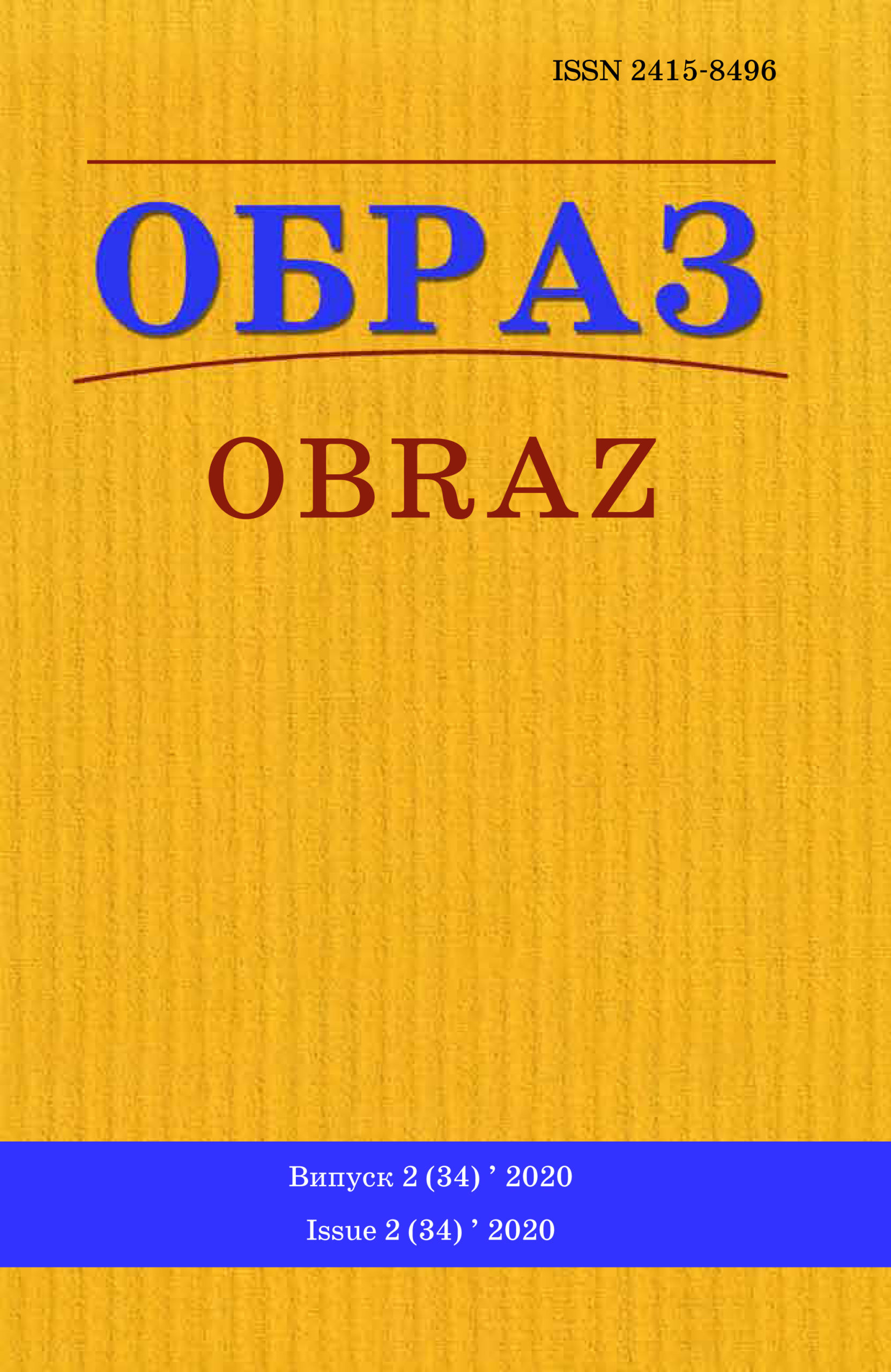Abstract
Introduction. The election campaign, which lasted from September to October 2020, was a period when the information space was flooded with information related to political parties, their leaders, mayoral candidates, and candidates for local government. Political advertising should be singled out among all published information. Printed campaign materials distributed in the Sumy region formed the source base of the study. Relevance of the study. The purpose of the article is to investigate the diversity of printed political advertising during the 2020 local elections to determine the methods and forms of its socio-communicative impact on the electorate. The relevance of the chosen theme determines the study of dialogue between candidates, current politicians and voters. Methodology. The following methods were used to achieve the goal: comparative-typological (clarified the diversity of printed propaganda products and forms of its presentation), content analysis (selected and analyzed the presented printed political advertising), synthesis and generalization.
Results. The most common printed materials of the 2020 election campaign in the Sumy region include information letters, advertising leaflets, booklets, brochures, prospectus, newsletters, address letters, posters, calendars, etc. All subjects of the election process tried to form an image of the desired future, regardless of the realism of their tasks. Printed propaganda products were most actively distributed by the following political forces: «Batkivshchyna/Homeland», «Za maibutnie/For the Future», «Sluha narodu/Servant of the People», «Yevropeiska Solidarnist/European Solidarity», «Opozytsiina Platforma – Za zhyttia/Opposition Platform – For Life», «Nash Krai/Our region», «Propozytsiia/Proposal», «Svoboda/ Freedom», «Ahrarna Partiia Ukrainy/Agrarian Party of Ukraine». Conclusions. The political forces that took part in the election campaign did not neglect the manipulative methods of socio-communicative influence on the electorate. Through printed political advertising, they tried to form the communication desired by the political candidates themselves, thus influencing the consciousness, opinion and choice of the electorate. The most common methods of manipulative influence: submission of samples of filling in ballots; emotional impact on voters to move or reinforce negativity; selection of thought leaders; self-praise; promises to build the desired future, etc.
References
1. Babina, V. (2019), «Advertising as a marketing technology in electoral societies of political actors», Politykus, vol. 6. pp. 21–25. URL: http://politicus.od.ua/6_2019/3.pdf (accessed 28 September 2020).
2. Babina, V. (2013), «Advertising as a marketing technology for shaping the image of political actors at the regional level», Politolohichni Zapysky, no. 7. URL: http://nbuv.gov.ua/UJRN/ Polzap_2013_7_27 (accessed 28 September 2020).
3. Dzhyha, T. (2003), Methods and technologies of influencing political advertising (on the example of the election campaign), PhD diss. (polit. sci.), Taras Shevchenko National University of Kyiv, 17 p.
4. Law of Ukraine «On Advertising». URL: https://zakon.rada.gov.ua/laws/show/270/96- %D0%B2%D1%80#Text (accessed 28 September 2020).
5. Zelman, O. (2016), «Виборчі технології та політична реклама як інструмент становлення політичного лідера», Hrani, no. 1 (129), pp. 30–34.
6. Kiiashko, Yu. (2019), «The use of manipulative technologies in the political slogans of election billboards»: Seventh International Conference «Modern Space of Media Literacy and Prospects for Its Development», Kyiv, 2019, Tsentr Vilnoi Presy, Akademiia Ukrainskoi Presy, pp. 401–408.
7. Kovalova, T. & Sypchenko, I. (2015), «Heterogeneity of print advertising in Sumy region», Obraz: Sumy ; Kyiv, vol. 3 (18), pp. 149–154.
8. Kushakova, M. (2015), «Defining the place and role of political advertising in the system of manipulative technologies». Naukovi Pratsi. Politolohiia, t. 260, vol. 248, pp. 48–51.
9. Slipetska, Yu. (2020), «Зміна електоральних преференцій виборців під впливом політичної реклами під час президентської виборчої кампанії 2019 року в Україні», Chetverta Mizhnarodna Naukova Konferentsiia «Politychni Partii I Vybory Ukrainski Ta Svitovi Praktyky» (Pamiati Yuriia Romanovycha Shvedy), Lviv 9 Lystopada 2019, Lviv. Nats. Un-T Imeni Ivana Franka, pp. 114–123.
10. Shportko, O. (2007), Features of political advertising as an element of the communicative process, Politychnyi Menedzhment, no. 6. pp. 96–105.
11. Yanenko, Ya. (2018), Political advertising as a factor of socialization in modern society, Derzhava Ta Rehiony. Seriia Sotsialni Komunikatsii, no. 1 (33), pp. 166–171.

This work is licensed under a Creative Commons Attribution 4.0 International License.

